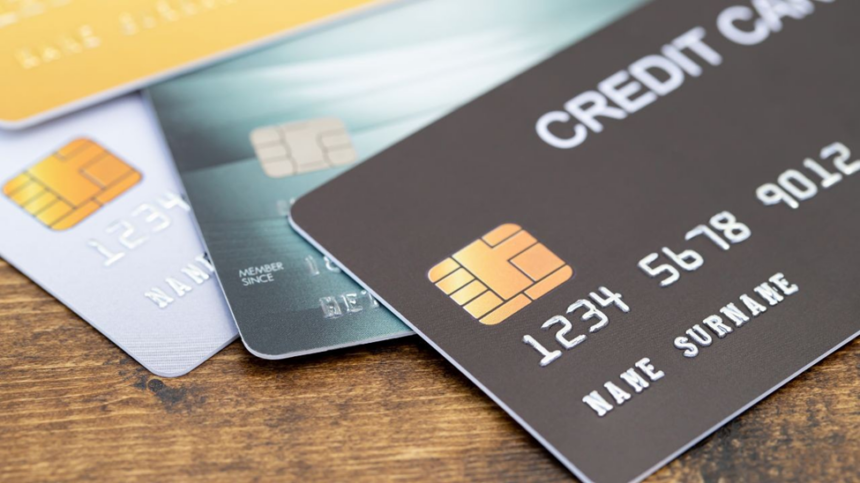In the digital age, where online transactions have become the norm, credit card generators have gained notoriety as tools used for fraudulent activities. But what exactly are credit card generators? How do they work, and what are the implications of their existence in the realm of cybersecurity? Let’s delve into this intriguing topic to understand the mechanics behind credit card generators and how to protect yourself from falling victim to credit card fraud.
Understanding Credit Card Generators
Credit card generators are software tools or online platforms that are designed to produce valid credit card numbers for various card networks such as Visa, Mastercard, American Express, and Discover. These tools algorithmically generate random credit card numbers that pass the validity checks used by many online merchants and payment processors.
It’s important to note that the credit card numbers generated by these tools are not linked to any actual bank account or individual. Instead, they are purely fictional numbers that mimic the format of legitimate credit card numbers. This makes them ideal for use in scenarios where a user wants to test a payment gateway or verify an account without using their real credit card information.
How Credit Card Generators Work
Credit card generators typically work by following the format and structure of valid credit card numbers issued by major financial institutions. These numbers adhere to the Luhn algorithm, a mathematical formula used to validate a variety of identification numbers, including credit card numbers.
By leveraging the Luhn algorithm and other validation techniques, credit card generators can create numbers that pass basic validity checks. However, it’s important to emphasize that while these generated numbers may look authentic on the surface, they lack the critical link to an actual financial institution that is necessary to authorize transactions.
Implications of Credit Card Generators
The existence of credit card generators poses significant risks to consumers, businesses, and the overall security of online transactions. Cybercriminals can utilize these tools to perpetrate various forms of fraud, including:
- Identity Theft: Fraudsters can use generated credit card numbers to create fake identities or make unauthorized purchases in someone else’s name.
- Financial Loss: Businesses that accept payments from fake credit card numbers generated by malicious actors may suffer financial losses.
- Reputation Damage: Companies that fall victim to credit card fraud may face reputational damage and loss of customer trust.
Protecting Yourself Against Credit Card Fraud
To safeguard yourself against credit card fraud facilitated by generators, consider the following preventive measures:
- Use Secure Payment Gateways: Make sure to transact only on secure websites that use encrypted connections and secure payment gateways.
- Monitor Your Transactions: Regularly review your credit card statements for any unauthorized or suspicious charges.
- Keep Your Information Secure: Avoid sharing your credit card details on unsecured websites or with unknown entities.
- Enable Two-Factor Authentication: Utilize two-factor authentication methods for an added layer of security when making online payments.
Conclusion
In conclusion, credit card generators are tools that can have serious implications for cybersecurity and online transactions. While these tools may serve legitimate purposes such as testing payment gateways, they are more commonly associated with fraudulent activities. By understanding how credit card generators work and taking proactive steps to protect your financial information, you can reduce the risk of falling victim to credit card fraud. Stay vigilant, exercise caution when sharing your credit card details online, and prioritize security in all your online transactions.


